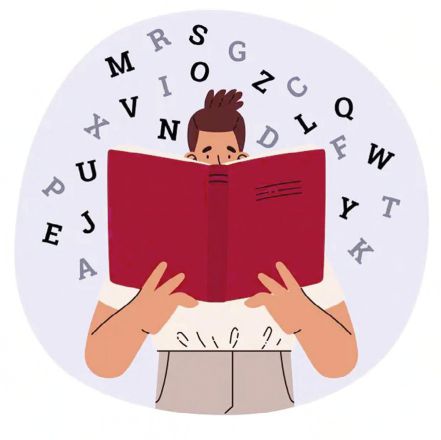THE RELATIONSHIP BETWEEN READING DISABILITIES AND EMOTIONAL/BEHAVIOR DIFFICULTIES IN EDUCATIONAL SETTINGS:
INSIGHTS AND UNDERSTANDING FROM CURRENT RESEARCH AND CLASSROOM EXPERIENCE
BY MARIA TORRES, MA., LDT-C
Reading disabilities, such as dyslexia, pose significant challenges for students in educational settings. These difficulties not only affect a student's academic progress, but frequently also impact their behavior in the classroom. Understanding the relationship between reading disabilities and behavior is crucial for educators, parents, and researchers in order to develop effective strategies and interventions.
THE LINK BETWEEN READING DISABILITIES AND EMOTIONAL/BEHAVIOR DIFFICULTIES
Numerous studies have demonstrated a strong association between reading disabilities and behavioral issues in educational settings.1 Children with reading disabilities often experience frustration, anxiety, and low self-esteem due to their struggles with reading comprehension, decoding, encoding and fluency. These emotional and psychological challenges frequently manifest in disruptive or withdrawn behaviors, attention difficulties, and academic disengagement.
In some cases, these responses are shown to stem solely from the frustration and stress associated with students' reading challenges. In others, ancillary social and clinical circumstances and issues prompt inhibiting behaviors.2 Recent research has also revealed that there are significant differences in the ways both reading disabilities and resulting behavioral responses manifest in boys and girls.
A few of the findings from recent studies, which are borne out in our own students, follow below:
- Social Interactions: Reading difficulties can affect a student's social interactions.3 They may be bullied, feel embarrassed,
and become isolated due to their struggles. This may result in social withdrawal, difficulty making friends, and lower self-confidence.
- Academic Self-Concept: Students with reading disabilities may develop lasting negative perceptions of their general academic abilities, impacting their motivation and engagement in other subjects, or in the overall learning process.4
- Attention and Sensory Processing Difficulties: Reading disabilities are sometimes accompanied by comorbid sensory processing issues, attention deficits, and other conditions which can contribute to inattentiveness and distractibility, and sometimes a variety of behaviors in the classroom.5 As a result of these responses to their situation, students with reading disabilities may have difficulty regulating their emotions, which typically leads to the expression of impulsive or disruptive behavior.

EFFECTIVE SOLUTIONS AND INTERVENTIONS
To address the relationship between reading disabilities and behavior in educational settings, a multi-faceted approach is essential. Following are some effective practices supported by current research.
- Early Identification and Intervention: Early assessment and identification of both reading disabilities and comorbid conditions is crucial for implementing timely and targeted interventions.6 Screening programs, such as universal reading assessments, can help identify struggling students at an early stage, enabling timely support. Similarly, early assessment for commonly occurring comorbid conditions helps focus program design on the individual student's particular needs. Being able to simultaneously address the issues each student faces is crucial to reducing behavioral interference and addressing reading deficits quickly.7
- Individualized Instruction: Providing individualized instruction tailored to the specific needs of students with reading dis